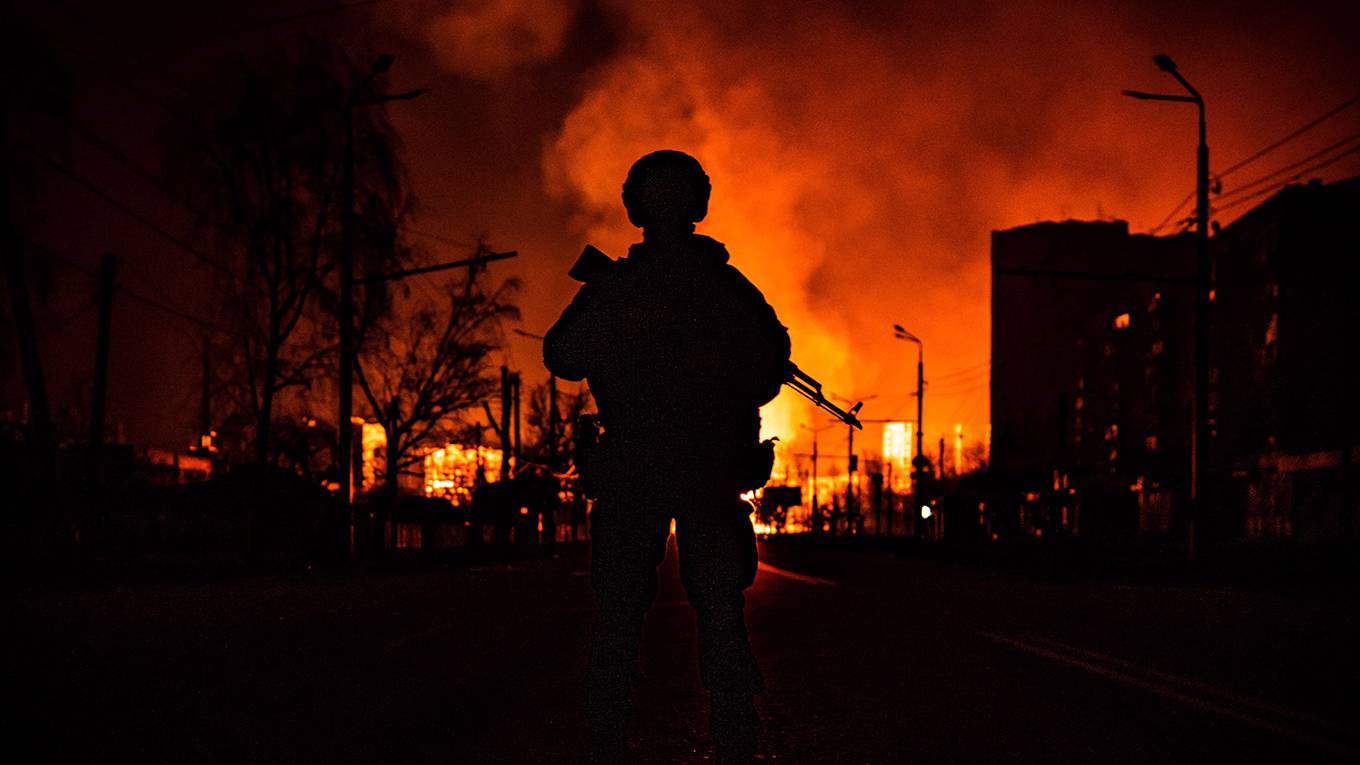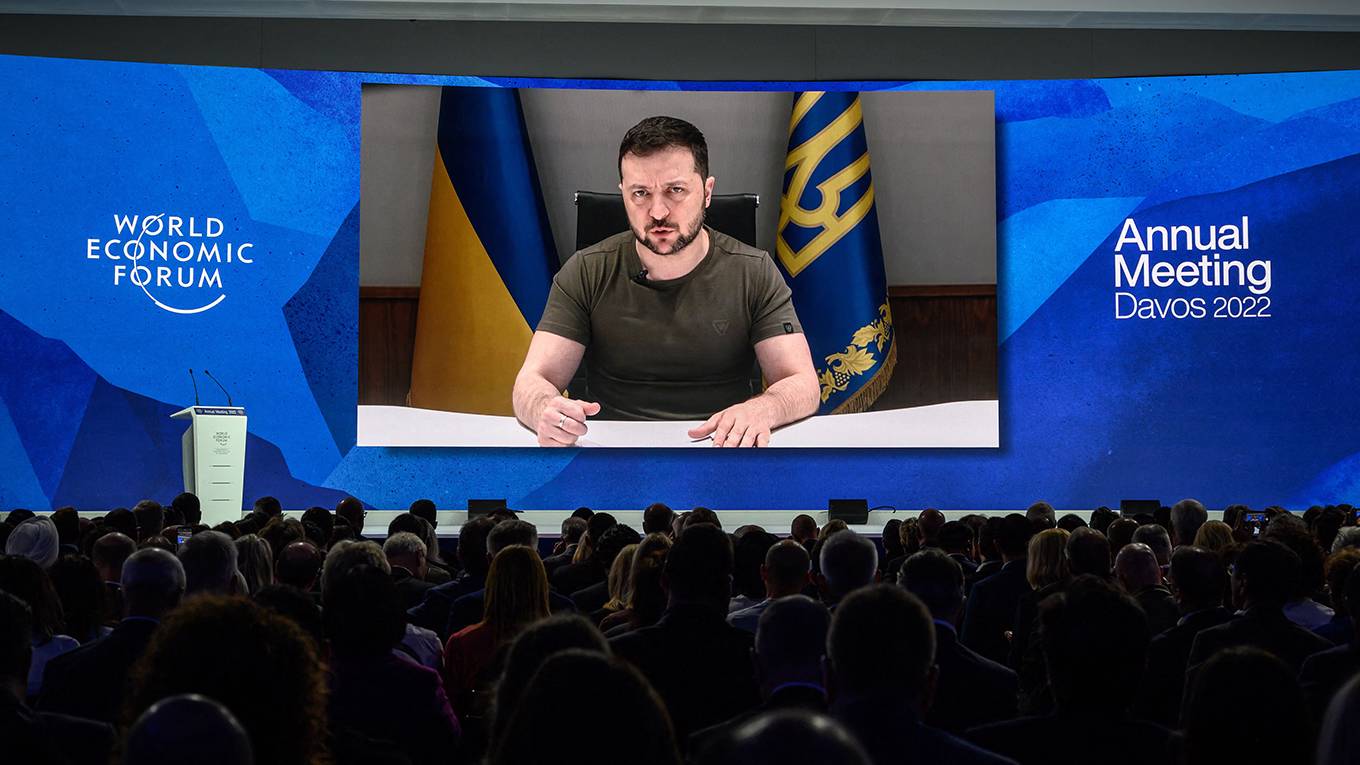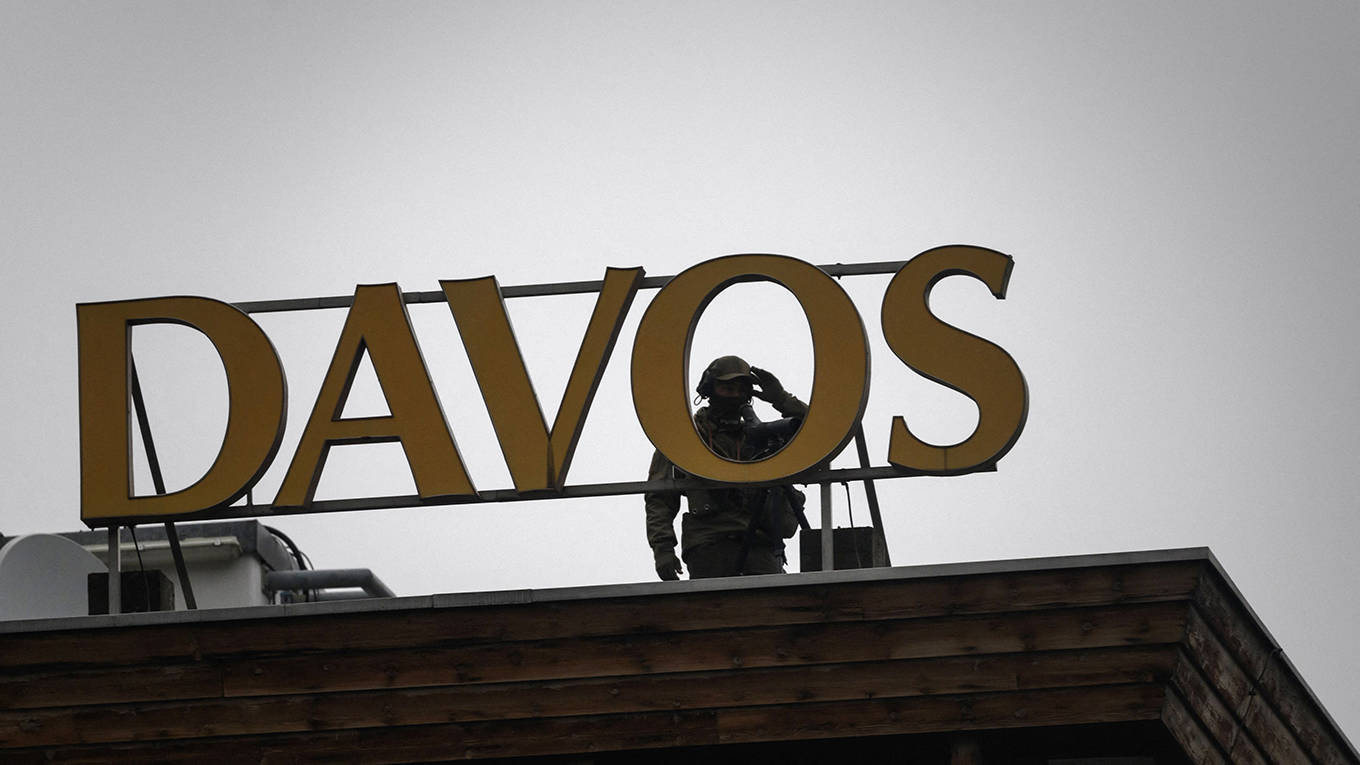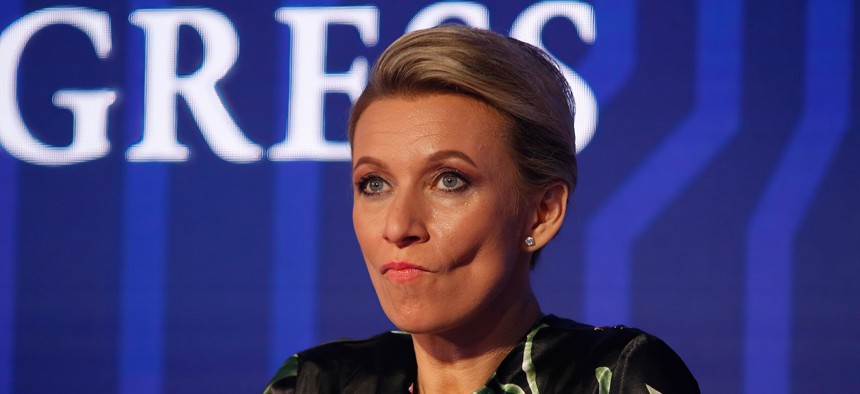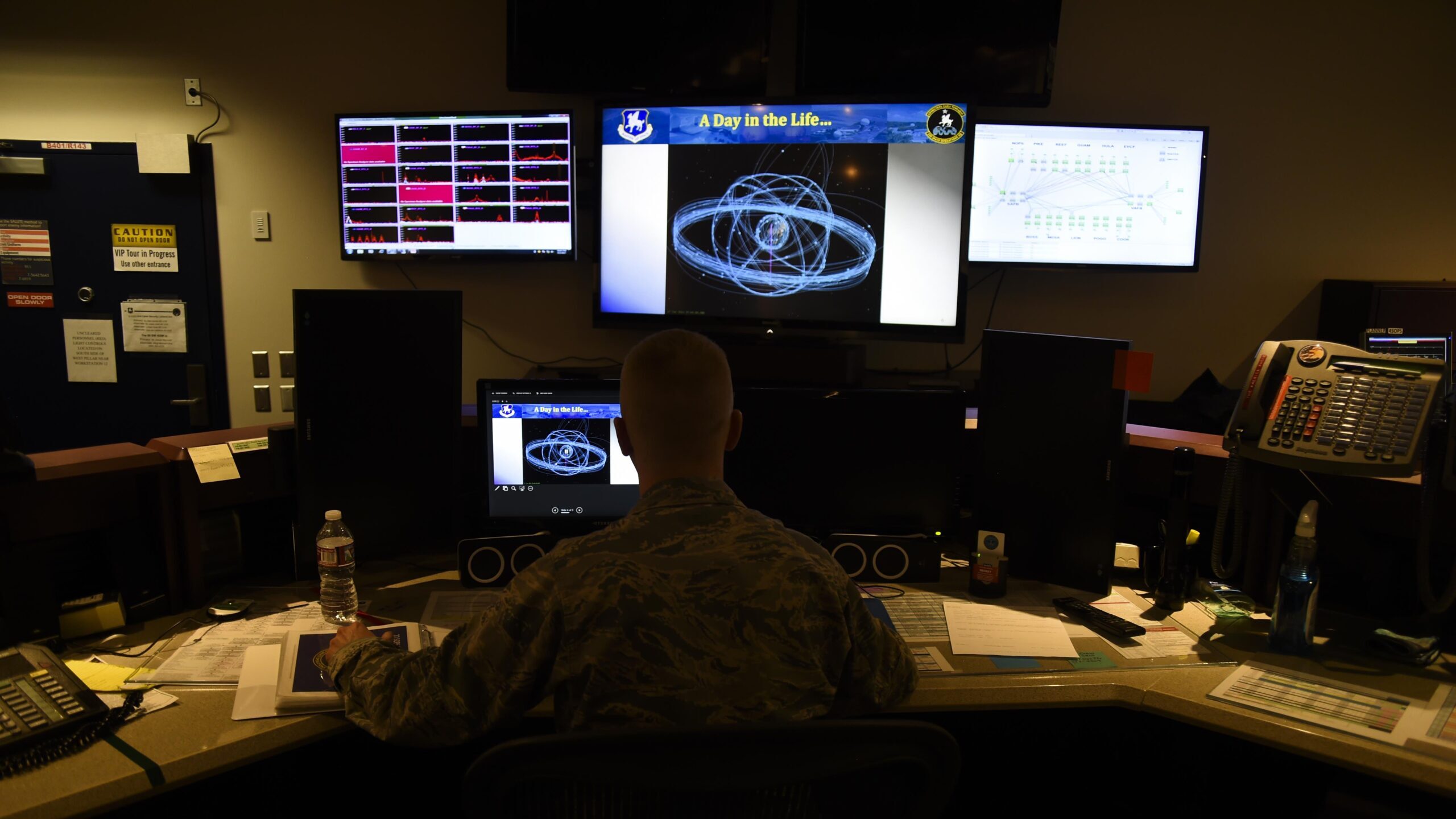Mathew Burrows and Robert A. Manning
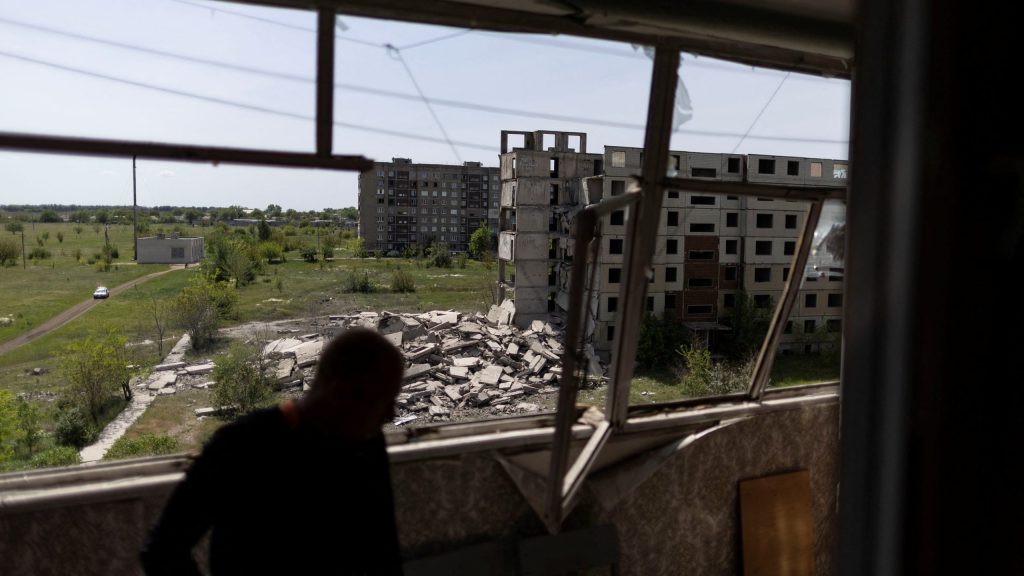
Three months into Russian President Vladimir Putin’s invasion of Ukraine, the prospects for a decisive Kremlin victory have evaporated. Yet even amid Russia’s battlefield failures, the heroic Ukrainian resistance, and abundant Western military aid, the tide has not completely turned.
In April, we laid out four scenarios for how the outcome of the war could reshape the world. At that time, it wasn’t necessarily evident that our slow-moving “frozen conflict” scenario, in which both sides struggle to make rapid or decisive advances, was the most likely to materialize. But this is where the conflict has been headed in recent weeks.
Also less evident at the time: the level of shock the war would inflict on the global economy, ushering in major food and energy crises. Depending on the duration of the conflict, these effects could prove even worse for the developing world than the 2008 financial crisis. And although the shock waves are hitting Europe harder than the United States, both are in economic trouble. (In Ukraine itself, the United Nations Development Programme has already estimated that the vast majority of Ukrainians will face “extreme economic vulnerability” by the end of the year if the war continues.)






